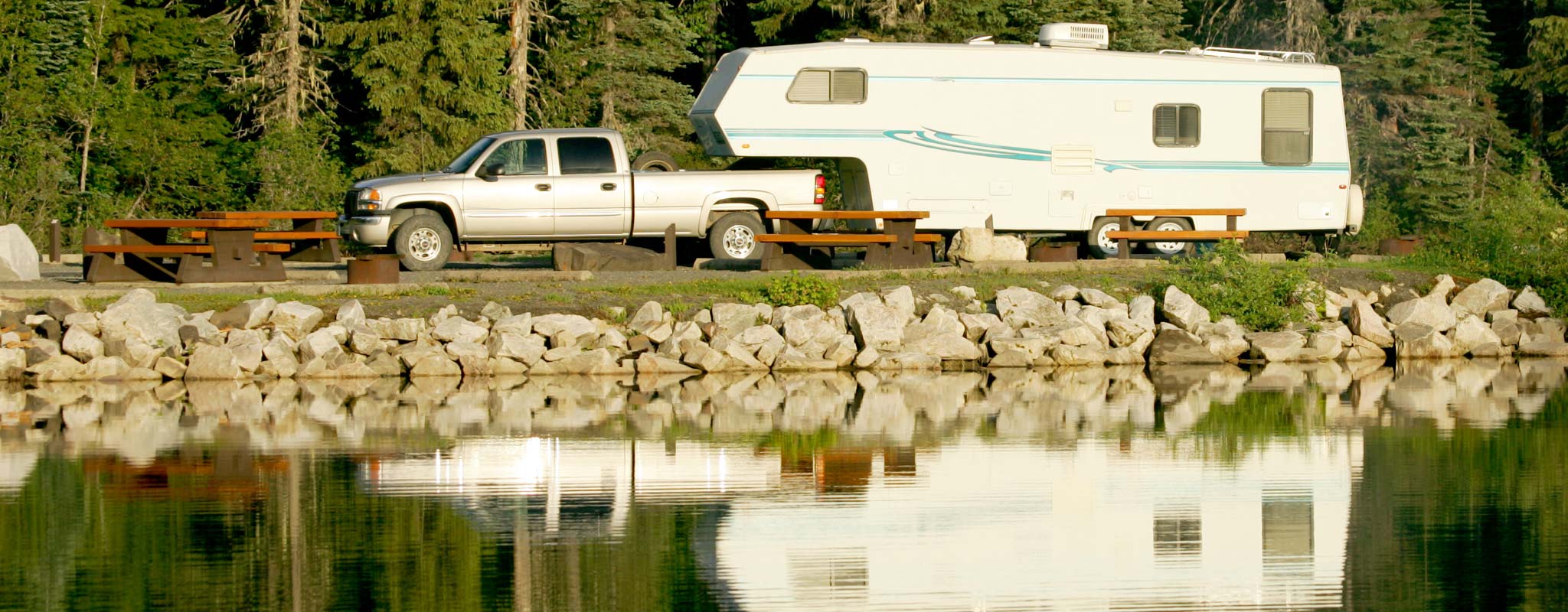8 Great Ways to Get the Most from Your Trailer Tires
Maintaining trailer tires — whether they are ST (Special Trailer) or LT (Light Truck) — isn’t always the same as what you do for passenger vehicle tires. Here are some basics on getting the most out of your trailer tires.
1. Maintain the Right Trailer Tire Pressure.
Running your ST or LT trailer tires under-inflated is a sure way to quickly wear them out and invite tire failure. Keeping them at the proper air pressure is key for longevity, load-carrying capacity, and the ability for the tire to dissipate heat better.
The best way to tell if your tires are properly inflated is to check them with an air pressure gauge. In some cases, an under-inflated tire may not appear low. Trailer tires can look fully inflated and be below the safe air pressure.
Find the maximum tire pressure by looking at your tire sidewall. Look for the small notation “Max. Load” followed by a PSI number (80 in the example below).
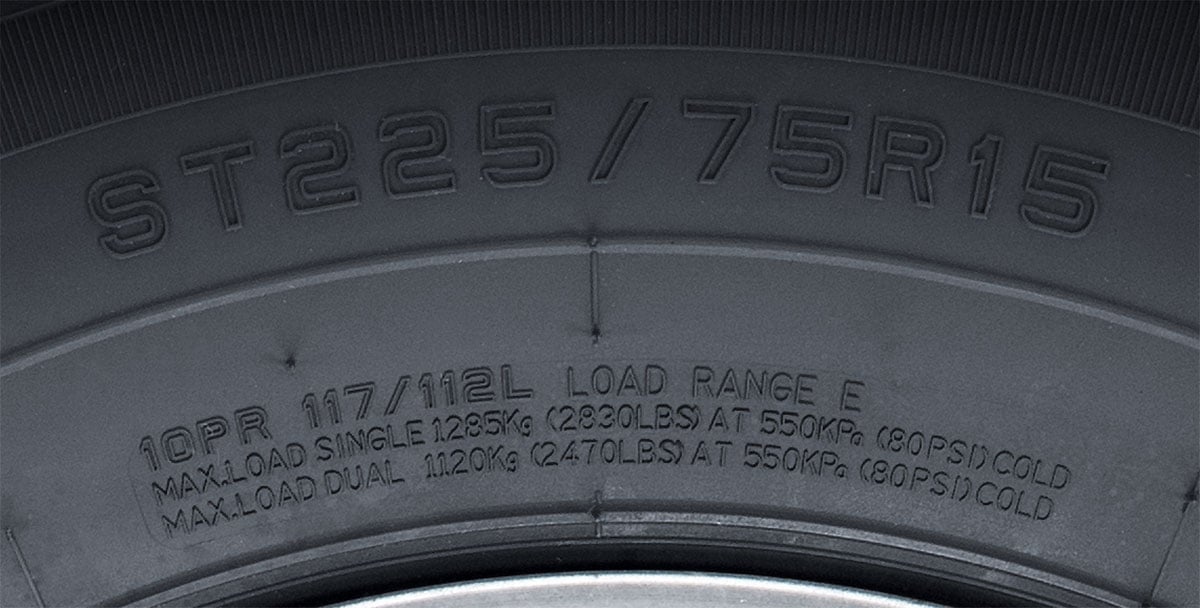
Trailer tire pressure should always be checked when the tire is cold, ideally before being driven that day. Driving generates heat and heat generates pressure, which will throw off your measurement. Here’s how to do it yourself.
2. Figure Out the Maximum Load for Your Trailer Tires.
It’s really important not to overload trailer tires. Overloading tires can cause premature wear and increase the risk of tire failure.
The “Max. Load” information stamped on the sidewall indicates a tire’s load capacity when it’s inflated to the maximum PSI. In the example, this tire can handle a maximum 2,830 pounds when it’s inflated to 80 PSI and used in a “single” application: one tire on each side of the axle.
Note: Some trailer tires are also marked with a “Max. Load Dual” number. This comes into play when two tires are mounted on both sides of the axle (four trailer tires total per axle), a “dual” application, or dually, which is an unusual application. In the above example, each tire’s load capacity is reduced by 13 percent to 2,470 pounds when it’s used as a dually. This assures that if one of the dual tires fails, the remaining tires can keep the trailer stable until you come to a stop.
Be aware: If your tire pressure is lower than what’s recommended, the tire’s carrying capacity will be lower, too.
3. Determine the Actual Weight of Your Trailer.
You just need to get tires that can support the trailer weight listed on the placard on your trailer or in your owner’s manual ... right?
Not quite. That weight figure doesn’t include all the cargo your trailer will be carrying. Get an actual weight by visiting a truck scale when you’re fully loaded, including full water and propane tanks.
4. Get the Right Trailer Tire Size.
Refer to the trailer placard or your owner’s manual. Either will tell you the manufacturer’s recommendation. (Trailers have a federal certification/VIN label generally located on the forward half of the driver’s side of the unit. Some trailers also have a separate vehicle placard located there that describes tire and loading information.)
Or you can look at the tire sidewall sizing information. Then be sure to check with a tire professional before you buy to make sure what you have in mind is the right fit for the loads you’re hauling and roads you’re traveling.
5. Have Tires Inspected Yearly.
Travel trailer and boat trailer tires may sit for long stretches. This is a good reason to have your tires and bearings inspected every year by a tire professional.
6. Get a Spare Tire.
Carrying a spare for your trailer may just save your day or vacation. Boat trailer and travel trailer tires are often specialty tires that aren’t always readily available in all places.
A spare tire means you’ll have an hour or so of hassle changing a tire if you get a flat, versus missing a day or more of vacation, or having to leave your trailer loaded with gear to go in search of an open tire shop.
Money-saving tip: When you replace your full set of trailer tires, consider keeping the one that’s in the best condition to use as a spare, so long as a tire professional inspects the tire and confirms it is suitable.
7. Don’t Mix and Match Radial and Bias-ply Tires on a Travel Trailer.
The trailer’s certification label or owner’s manual may give you advice on which type of tire construction is best. Some of your choice depends on the type of trailer you have and the kind of travel you’re doing.
Radial tires run cooler so on longer trips they don’t wear as fast. They’re also less prone to developing flat spots when a trailer is parked in one place for weeks at a time.
Bias-ply tires have stiffer sidewalls, which can reduce trailer sway.
Whatever your choice, don’t mix-and-match tire types or sizes. Go with all radials or all bias tires of the same size.
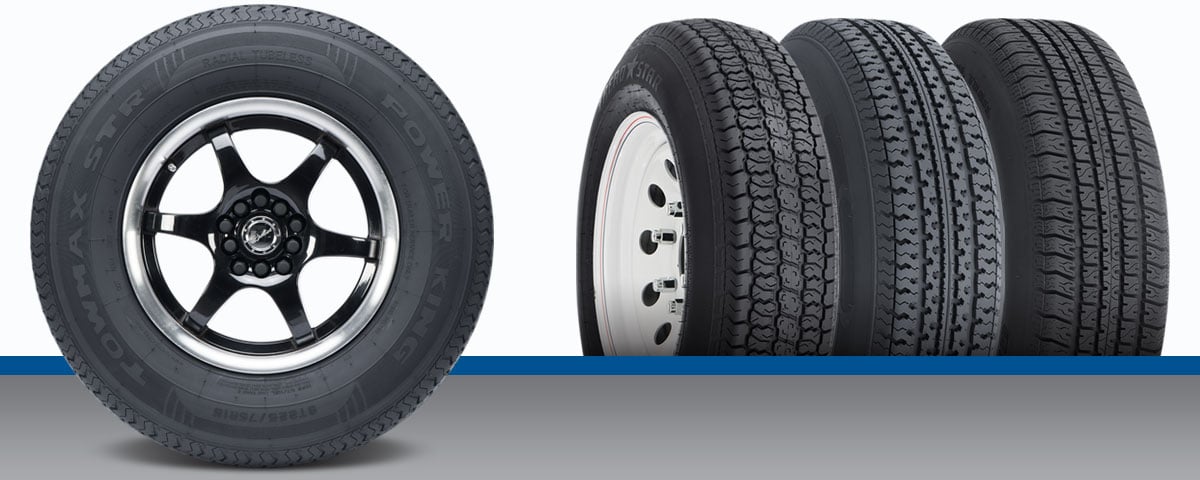
8. Extend Tread Life Through Simple Maintenance.
- Visually inspect your tires before each trip.
- Check tire pressure before you use your trailer. Keep your tires inflated to the maximum PSI branded on the sidewall.
- When you’re storing your trailer for the off-season, use tire covers to protect them from early wear. Park in a cool, dry place.
- Keep caps on tire air valve stems, to keep debris and moisture out.
- If you notice excessive, uneven trailer tire wear, get a tire professional to assess what’s going on and determine if there’s a fix.
- Don’t assume that replacing tires with a set that has a higher load capacity will fix uneven wear problems. You’ll likely have the same problem with the new set if there’s something wrong with the trailer alignment, suspension or axles.
Come on by your local Les Schwab Tires store and we’ll be glad to help.
What you need to know
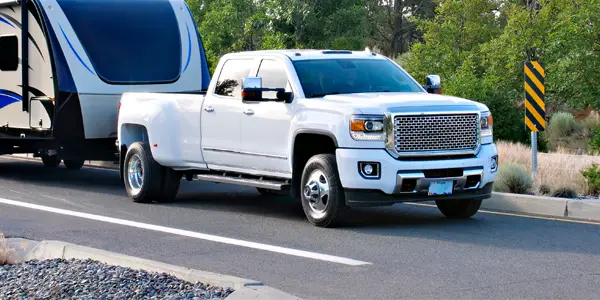
How to Choose the Right Tires for Towing
Choosing the right tires for towing ensures safety & stability on the road. Discover top tips and recommendations for optimal towing performance at Les Schwab.
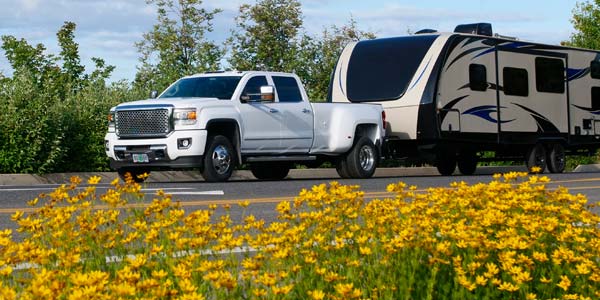
How To Choose the Best Tires for Your Trailer
Looking for the best trailer tires for your camper, boat, or horse trailer? Read this article and find out how Les Schwab helps you make the right choice.
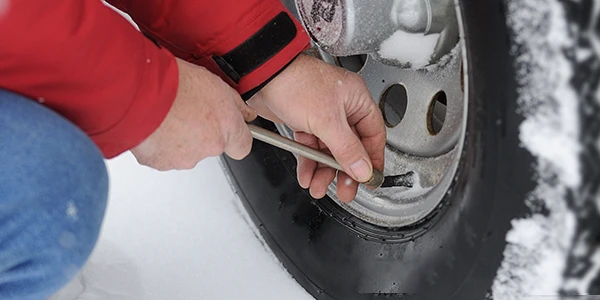
What Should My Tire Pressure Be in Winter?
Discover the optimal tire pressure for your vehicle this winter. Stay safe, reduce wear, and improve fuel efficiency with our expert tips and guidelines.

